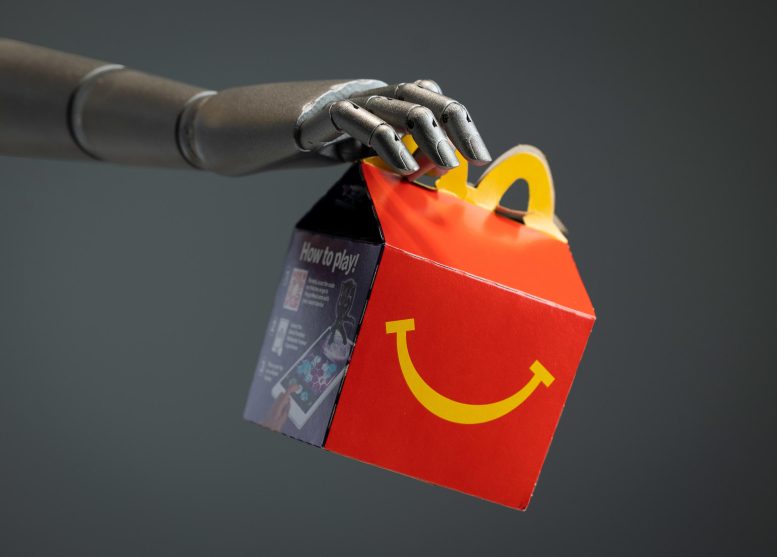
The study found that robots aren’t replacing humans at the rate most people think, but people are prone to exaggerate the rate of a robot takeover. Credit: Jaren Wilkey, BYU Photo
One might easily think that robots are causing significant disruption in the labor market by replacing human workers, especially when considering examples like chatbots serving as more efficient customer service representatives or computer programs handling package tracking and transportation without human intervention.
According to a study by Eric Dahlin, a sociology professor at Brigham Young University, there is no need to fear an imminent robot takeover of jobs. Dahlin’s research suggests that the rate at which robots are replacing humans is not as high as many people believe and that people tend to greatly overestimate the extent to which robots are taking over the workforce.
The study, recently published in the journal Socius: Sociological Research for a Dynamic World, found that only 14% of workers say they’ve seen their job replaced by a robot. But those who have experienced job displacement due to a robot overstate the effect of robots taking jobs from humans by about three times.
To understand the relationship between job loss and robots, Dahlin surveyed nearly 2,000 individuals about their perceptions of jobs being replaced by robots. Respondents were first asked to estimate the percentage of employees whose employers have replaced jobs with robots. They were then asked whether their employer had ever replaced their job with a robot.
Those who had been replaced by a robot (about 14%), estimated that 47% of all jobs have been taken over by robots. Similarly, those who hadn’t experienced job replacement still estimated that 29% of jobs have been supplanted by robots.
“Overall, our perceptions of robots taking over is greatly exaggerated,” said Dahlin. “Those who hadn’t lost jobs overestimated by about double, and those who had lost jobs overestimated by about three times.”
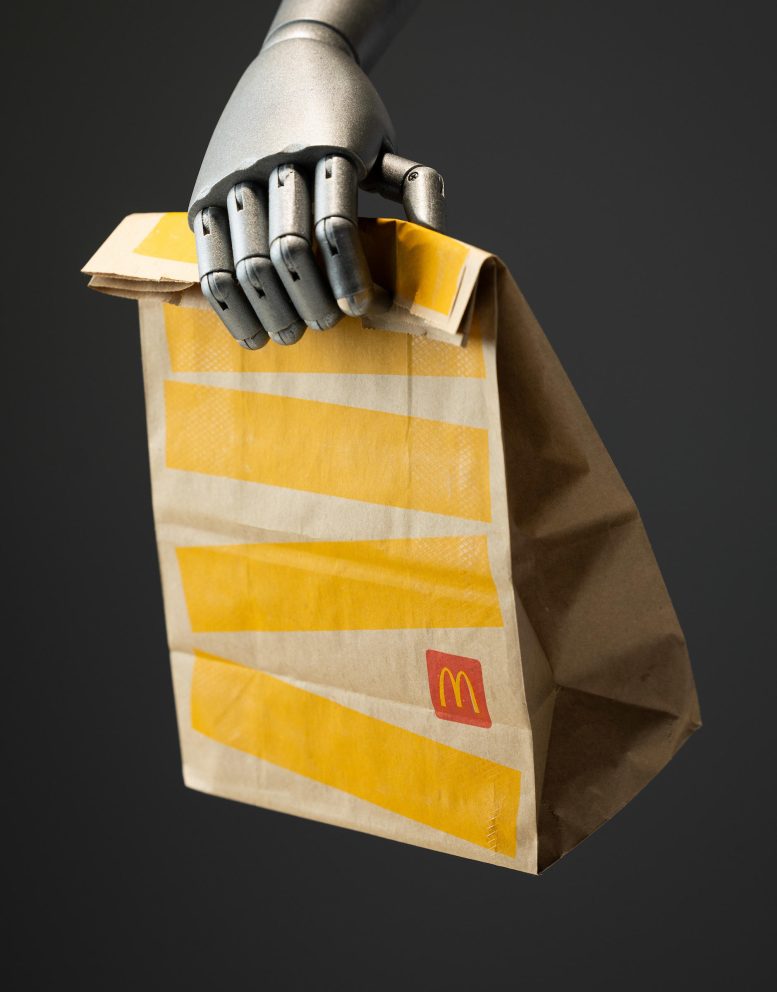
Only 14% of workers say their job has been replaced by a robot. Those who have experienced job displacement overstate the effect of robot takeover by about three times. Credit: Jaren Wilkey, BYU Photo
Attention-grabbing headlines predicting a dire future of employment have likely overblown the threat of robots taking over jobs, said Dahlin, who noted that humans’ fear of being replaced by automated work processes dates to the early 1800s.
“We expect novel technologies to be adopted without considering all of the relevant contextual impediments such as cultural, economic, and government arrangements that support the manufacturing, sale, and use of the technology,” he said. “But just because a technology can be used for something does not mean that it will be implemented.”
Dahlin says these findings are consistent with previous studies, which suggest that robots aren’t displacing workers. Rather, workplaces are integrating both employees and robots in ways that generate more value for human labor.
“An everyday example is an autonomous, self-propelled machine roaming the isles and cleaning floors at your local grocery store,” says Dahlin. “This robot cleans the floors while employees clean under shelves or other difficult-to-reach places.”
Dahlin says the aviation industry is another good example of robots and humans working together. Airplane manufacturers used robots to paint airplane wings. A robot can administer one coat of paint in 24 minutes – something that would take a human painter hours to accomplish. Humans load and unload the paint while the robot does the painting.
Reference: “Are Robots Really Stealing Our Jobs? Perception versus Experience” by Eric Dahlin, 17 October 2022, Socius: Sociological Research for a Dynamic World.
DOI: 10.1177/23780231221131377

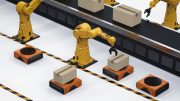

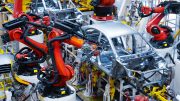
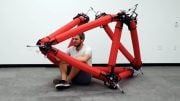
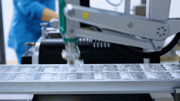


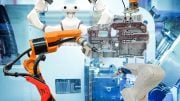
I’ve expected more jobs t be replaced by automation/robots by now. Why is science/technology advancement so slow to become generally available at a fair price?
My wife and I own a commercial cleaning company and have struggled to hire qualified employees and in recent years, it has become harder. As a partial solution to my problem, I began building my own commercial cleaning robots mainly because the cost to purchase these robots is well above $50,000 each. We now have robots that sweep floors, vacuum carpets and mop floors. My current robot is a UVC sterilization robot. We use it to sterilize exam rooms at our medical clients. In a recent article in The Library of Medicine, “UVC-Purge: A Novel Cost-Effective Disinfection Robot for Combating COVID-19 Pandemic” points out that the average cost of a UVC robot is above $55,000 each. The team in the article set out to build a cost-effective robot for around $800. The cost for me to build my robot was less than $1,000. The robots work autonomously updating staff as to their progress and alerting them when the task is complete via a Bluetooth app. Regarding your question, “why is science/technology advancement so slow to become generally available at a fair price?”, I can only guess that by the time that all the associated costs and profits for such a corporate project are calculated it is what we are seeing in the market. I believe you will see more and more businesses do what I and the team in the article have done and build their own robotic solutions.
I have included a link to some videos of my robots at work.
https://www.youtube.com/channel/UCadbFKi6IGxzwSXOVCJpL7w
Curtis Lucas